Dialogue and Encounter: The Giorgio La Pira International Student Center
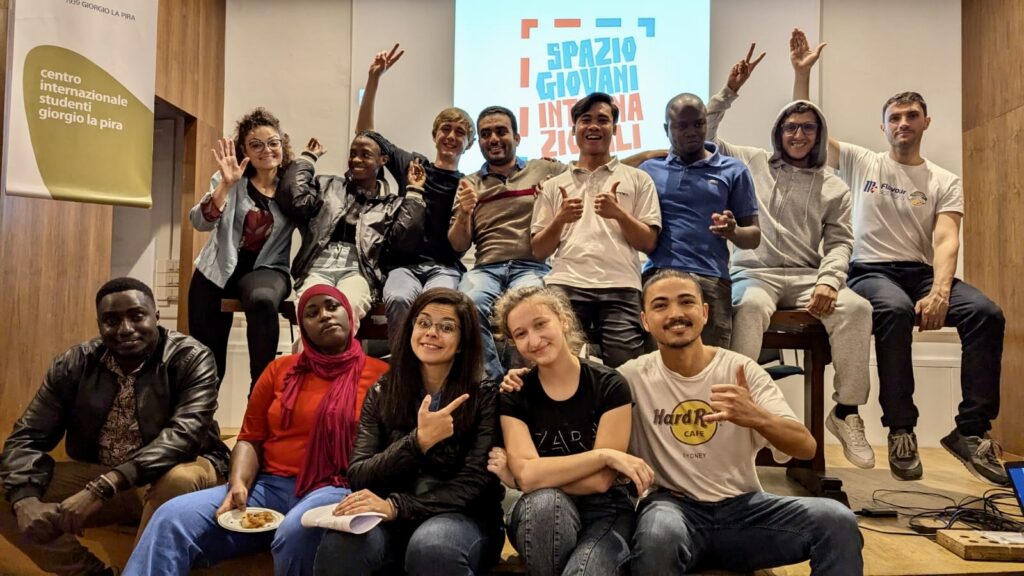
For 47 years, the Giorgio La Pira International Student Center has welcomed youth from all countries, cultures, religions, and traditions in Italy. A special place where the goal is to grow together and find common values.
The Giorgio La Pira International Student Center (Centro La Pira) is in Florence, Italy, and has been working on dialogue and interculturality since 1978. “We build spaces for sharing among young people and cultures for a more fraternal world,” could be the summary of this beautiful reality that we discussed with its president, Marco Salvatori.
Marco, where did this beautiful story begin?
It originated from an inspiration by Cardinal Benelli when the first international university students began to arrive in Florence in 1978. There were no facilities like today, and realizing the discomfort these young people experienced due to being far from home and their loved ones, he asked himself: “Who will take on the soul of Florence?”
How did he respond?
He began to develop the dream of a center where these young people could meet. He wrote a very beautiful letter to Chiara Lubich, the founder of the Focolare Movement, asking for her willingness to animate this place: she responded with great enthusiasm. From there, the first members of the Focolare Movement arrived to open the center and bring it to life, in a space provided on loan by the Diocese of Florence.
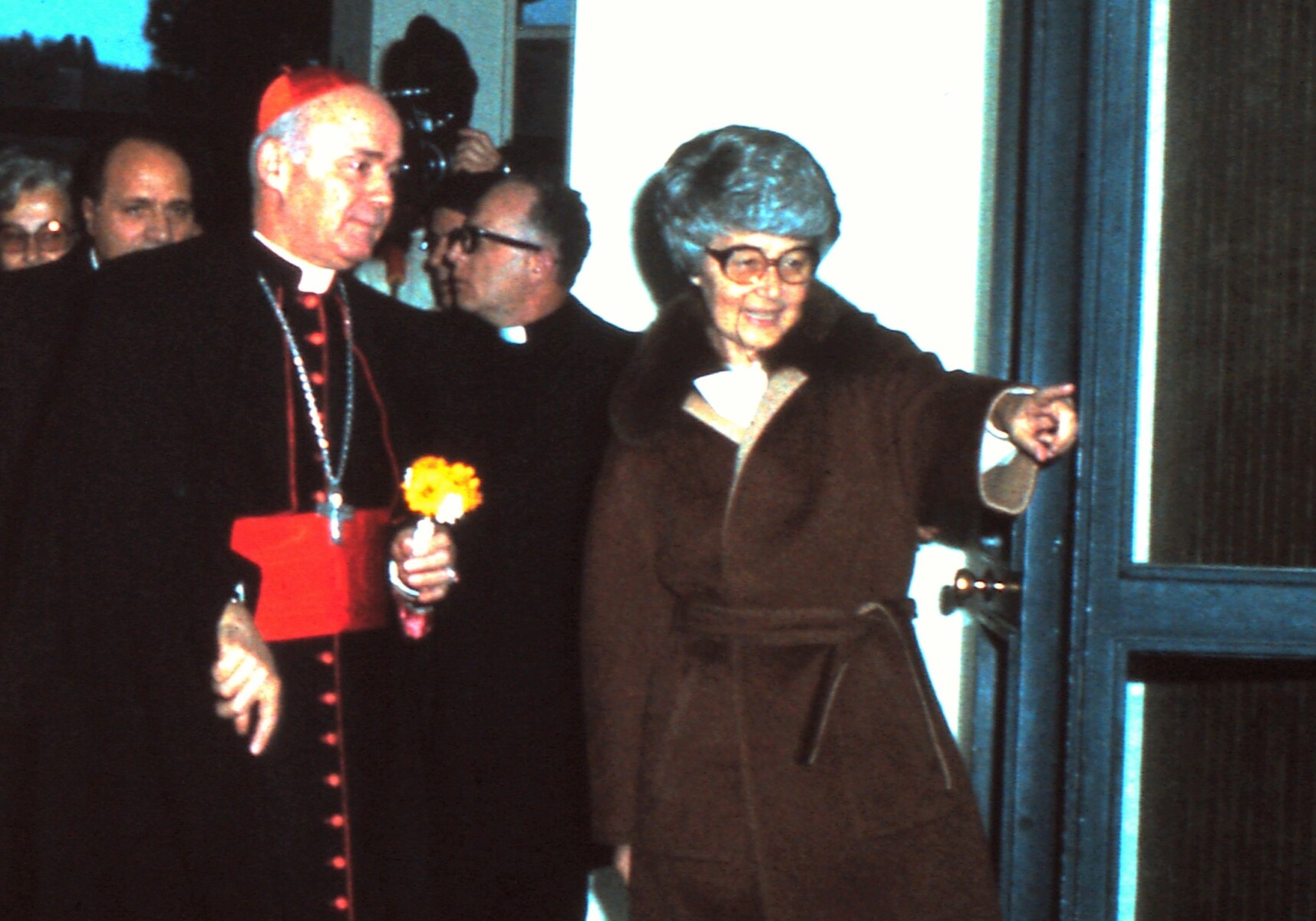
How did the project grow?
In a very natural way, through encounter and dialogue, including interreligious dialogue. Many young people were Muslim. We can say that the first Muslim community in Florence was born at Centro La Pira. I would like to recall an anecdote.
Which one?
They needed a place for prayer, but there wasn’t a mosque in Florence yet. So, with the bishop’s blessing, they began to pray in the “Teatina Hall” of the center. On the ceiling of the hall, there is a fresco of a crucifix, and the first prayer of these young Muslims in Florence took place right under this cross. Symbolic for what would become a Christian-Muslim dialogue in Florence over time.
What were the main obstacles of that period?
Certainly, the language. Few people spoke Italian, and we immediately understood how important it was to organize language courses.
Who taught them?
Initially, volunteer teachers, not only from the Focolare Movement. The courses have been constant throughout the life of the La Pira Center. Today, in addition to this, we have courses taught by professional teachers, structured at different levels. We continue to place great emphasis on the quality of our educational offerings.

Language is a fundamental tool for dialogue.
Absolutely, and for this reason, we have developed the courses in an increasingly professional manner. Today, we have a very close relationship with the University for Foreigners of Siena (Unistrasi).
In what way?
We have an agreement with them: we are an examination center for the CILS certification (Certification of Italian as a Foreign Language) and a training center for language teaching. We are also an examination center for the DITALS certification. This is a certification that Unistrasi issues to those who want to teach Italian to foreigners. The very book we adopt, “Insieme al Centro,” was created by our teachers.
What are other tools and key points of your work?
Encountering. The encounter with young people who, like in ’78, arrive leaving behind very heavy realities. We host young people from Ukraine, Afghanistan, Yemen, Palestine, Congo…
Countries at war.
Currently, we have an Iranian girl living in the same apartment as a Ukrainian. At first, it wasn’t easy, because meeting is not always easy, but from here empathy, love, and a sense of family are born. We grow together, get to know each other, and can find common values, such as the one that is fundamental for us: fraternity. A value shared by Chiara Lubich and Giorgio La Pira, the “holy mayor,” to whom Cardinal Benelli thought of dedicating the center after his death.
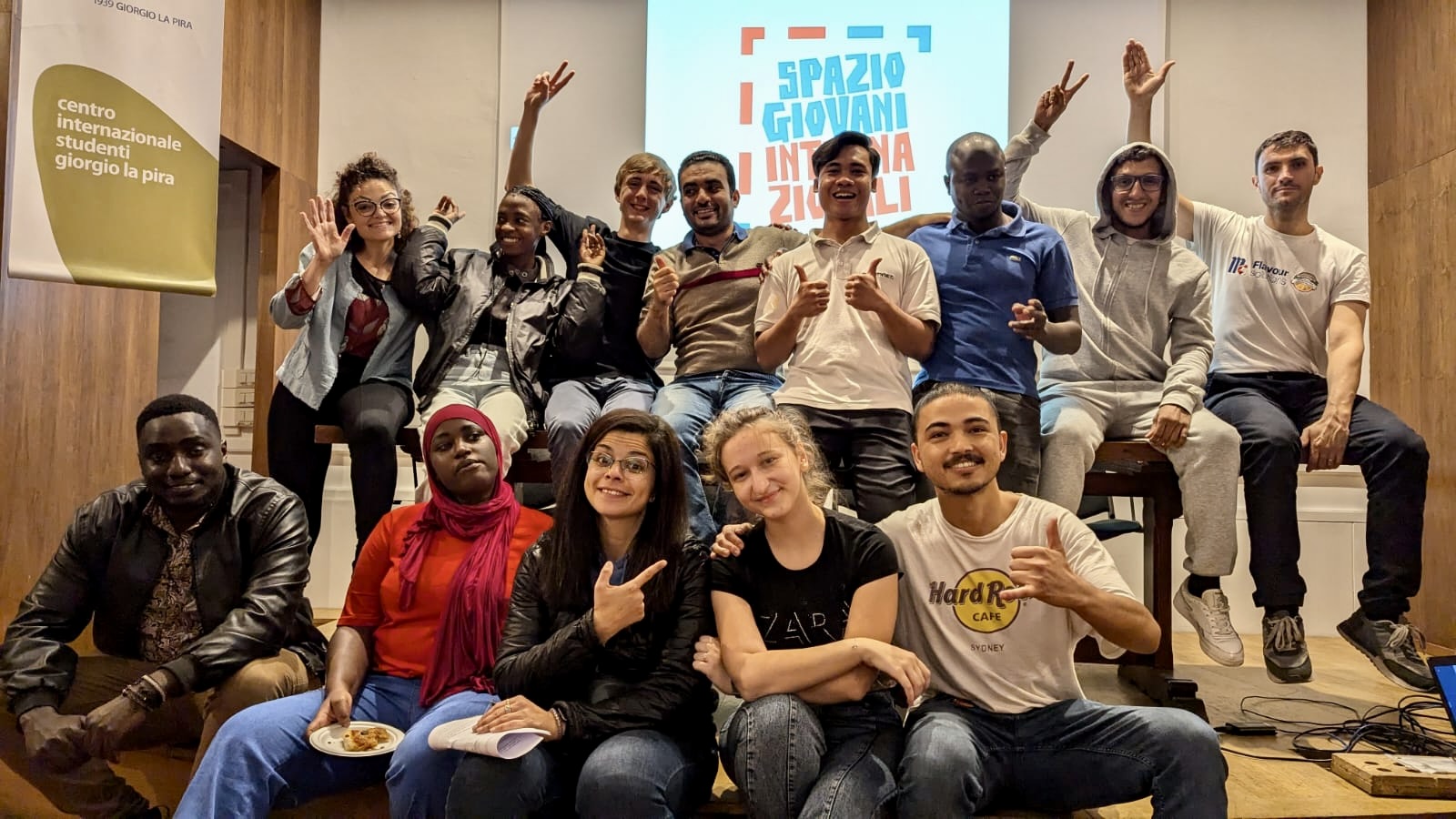 Centro La Pira
Centro La Pira
Who are these two figures for you?
They are the two giants that the Center has always drawn inspiration from.
So, you also teach values, in addition to the language?
Teaching Italian with the utmost professionalism is very important, but so is the heart with which it is done. We believe that it makes a difference in the experience these young people live at the Center.
How important is it to invest in these young people?
The youth are the future but also the present: only through dialogue among them can we imagine a better future. We must set aside preconceptions, starting with those about geographical and cultural origins. We must disarm ourselves and look at people. Communication starts from there. In our two apartments, a positive coexistence experience takes place.
Who lives there?
14 university students. We are not talking about large numbers, but even if it were just one young person, we would have changed that young person’s life.
They themselves, with their testimony, become teachers of this possibility?
On Thursday evenings, we have established an open space where those who come to the Center to learn Italian or for the events we organize, meet informally. The results can be seen in their eyes, in their smiles, in their desire to talk to each other and be together.
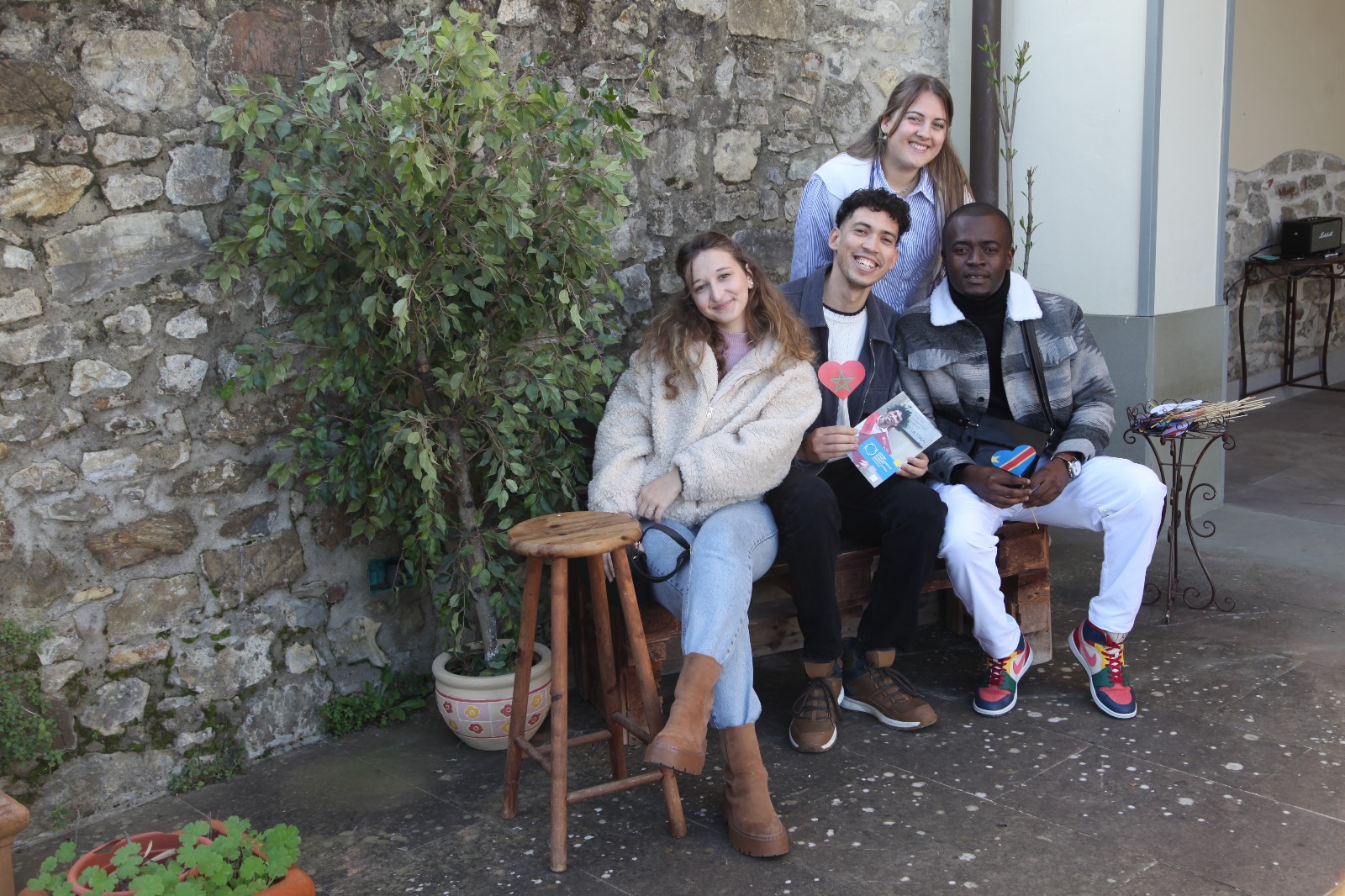
In your work on dialogue, interreligious dialogue is well understood. How important is it to work on this type of dialogue?
I am reminded again of Cardinal Benelli’s words, which urged us to serve these young people, to know them, to make them feel welcomed by standing by their side, respecting them, and helping them in everything. He added: “If they are Muslims, we will help them to be better Muslims; if they are Jews, to be better Jews…” This is a very profound dialogue.
Which you carry forward as Christians.
Everyone knows that the La Pira Center is a Christian reality linked to the Catholic Church, starting from its spaces. But at the same time, it is an experience of a frontier church.
Frontier in what sense?
The frontier of encountering different religions and non-believers themselves. We can find points of contact with them too. We try to bring our Christian values to life, and this reaches everyone, respecting all. From this grassroots knowledge, among people before institutions, relationships begin to develop.
Are there also conflicts sometimes?
Of course, and it should not be eliminated but faced, seeking to understand one another. Sometimes it’s simple, other times less so, but this tension for deep and mutual listening simplifies things a lot.
Is it true that the first Arabic school in Florence was born at the La Pira Center?
Yes, with a Yemeni teacher, one of the first students of the Center. In the aftermath of the attack on the Twin Towers, an effort was made to provide a counter-response to the rising hatred by helping second-generation individuals discover the beauty of their parent’s language. From there, a path that later expanded to the city was born.
It seems to me that your work builds a bridge between welcome and education. What do you think?
Our dream is to train the young people to become living bridges between different countries. The experience of these 47 years has shown us that relationships built on the value of fraternity have sometimes led the boys and girls to return to their countries, sometimes even creating similar experiences inspired by the La Pira Center! This gives us confidence and hope beyond any hardship. The seeds sown walk in the world. We have many projects in this regard, often developed with other partners, including the New Humanity NGO.
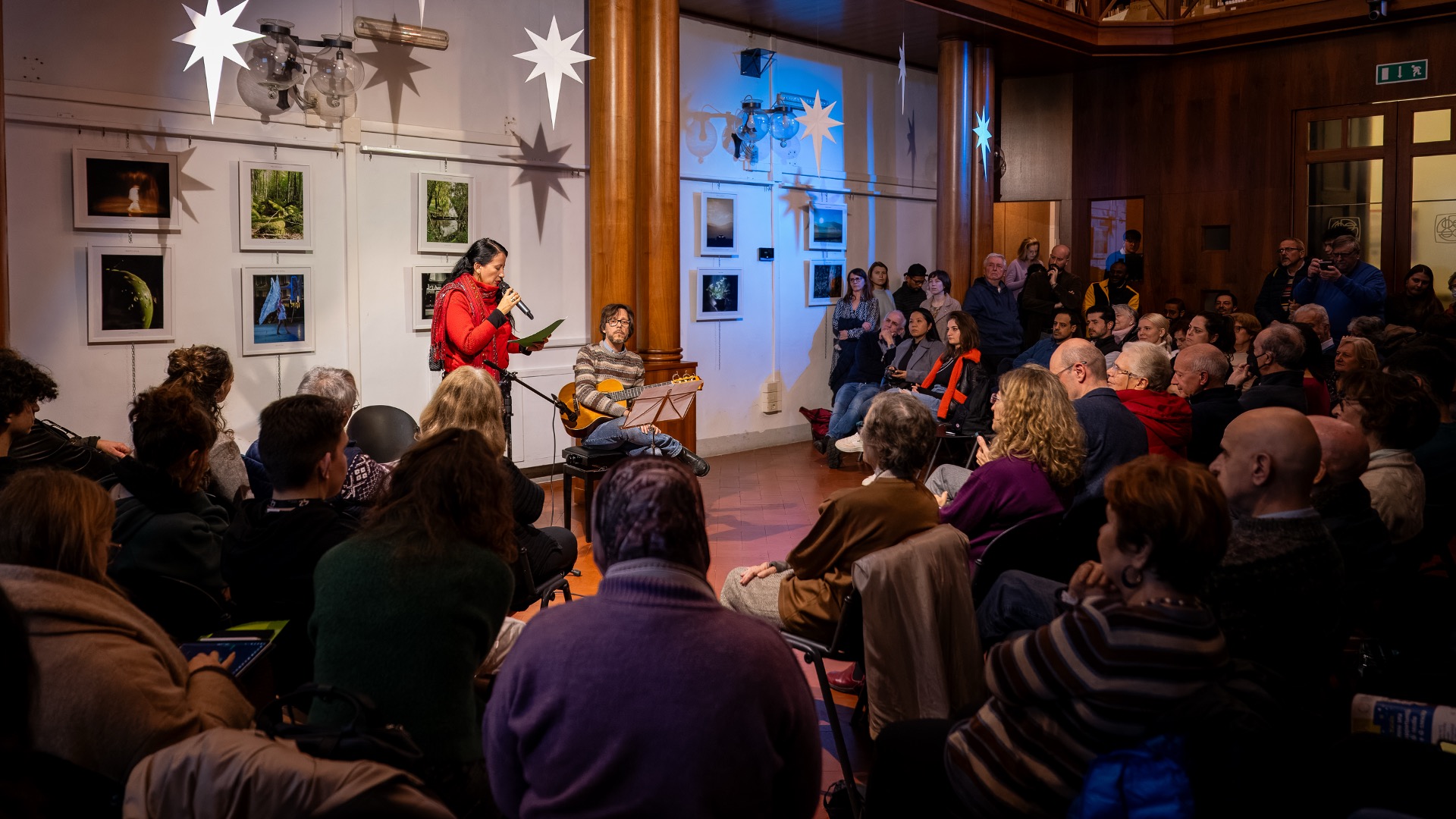
What value does the language of art have in fostering encounter and dialogue?
As a musician (Marco Salvatori is the principal oboe of the Maggio Musicale Fiorentino), I might be biased, but the experience at the Center tells us that the language of art, particularly music, is absolutely privileged for building relationships. A dear friend, Marie Thérèse Henderson, defined music as “the art of relationships.” I can’t find a better definition. For this reason, at the Center, we have been organizing concert series for five years where young musicians meet and make music together. We also organize photography competitions, art exhibitions, and book presentations…
You have told us a very beautiful story.
A story in which the idea of shared governance is of great importance, which in our case means trying to put into practice the thought of Chiara Lubich that guides us.
True sharing…
The most important experience for me in these ten years at the helm of the La Pira Center has been working, despite all my limitations, in this spirit, which is nothing other than the synodal spirit expressed wonderfully by that African proverb that says that alone you go faster, but together you go further.
